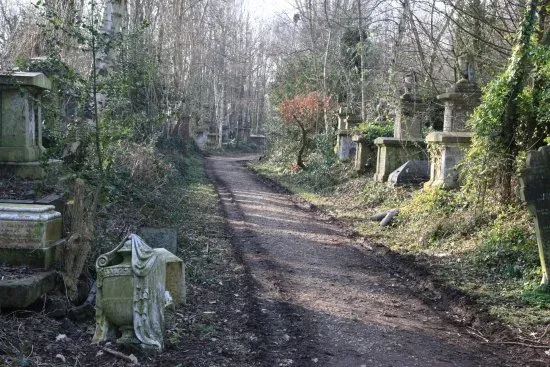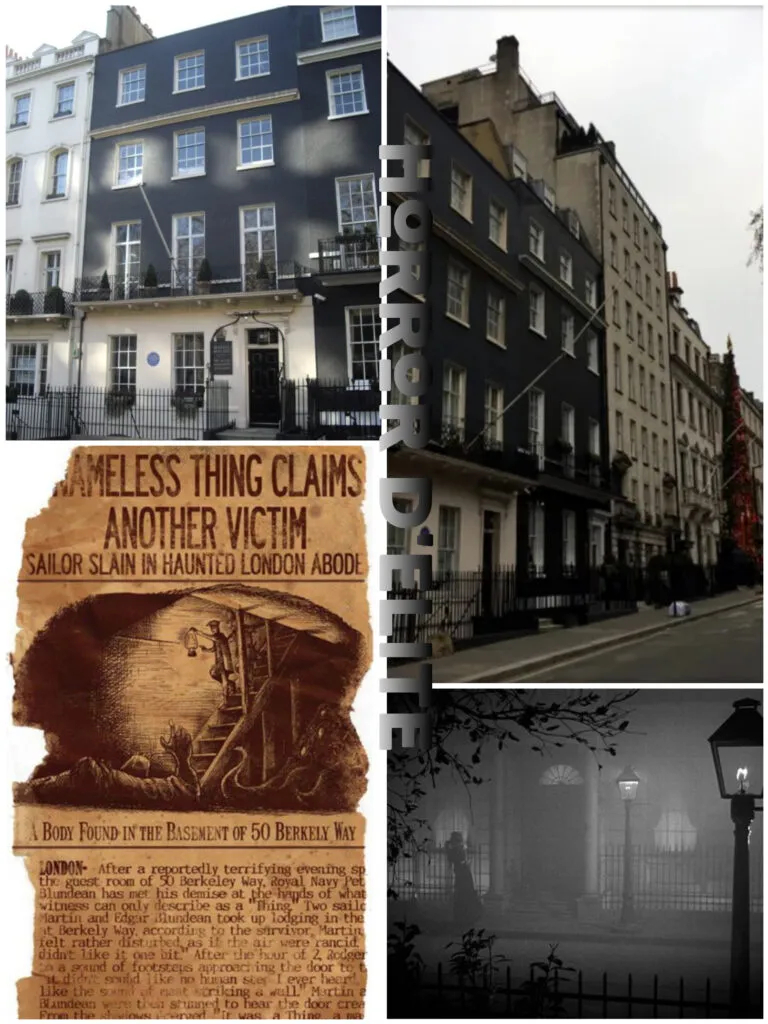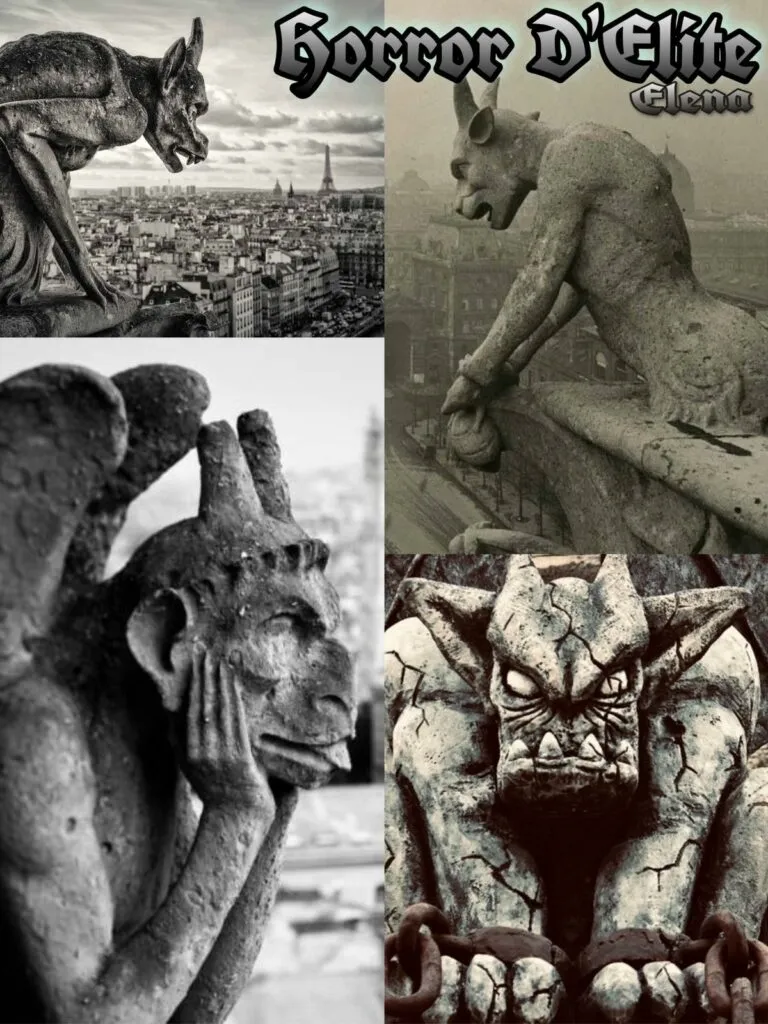Abney Park Cemetery
Abney Park Cemetery: An Oasis of History and Nature in the Heart of London
Introduction and Foundation
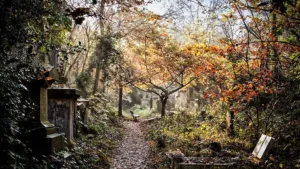 Abney Park Cemetery is one of London’s seven historic cemeteries, collectively known as the “Magnificent 7”. Founded in 1840, Abney Park stands out not only for its function as a burial site but also for its innovative role as an arboretum and botanical garden. Located in Stoke Newington in North London, the cemetery covers an area of about 12 hectares and represents one of the first cemeteries in England to be founded with the intention of serving a nonconformist religious community.
Abney Park Cemetery is one of London’s seven historic cemeteries, collectively known as the “Magnificent 7”. Founded in 1840, Abney Park stands out not only for its function as a burial site but also for its innovative role as an arboretum and botanical garden. Located in Stoke Newington in North London, the cemetery covers an area of about 12 hectares and represents one of the first cemeteries in England to be founded with the intention of serving a nonconformist religious community.
The Historical Context and the Need for New Cemeteries
In the 19th century, London faced a health crisis related to overpopulation and a lack of adequate burial spaces. Urban cemeteries, often located close to churches, were overcrowded, causing sanitary problems and increasing the risk of epidemics. Abney Park was born in this context, as a response to the growing need for healthy and well-organized burial places located outside the urban boundaries.
Abney Park was initially conceived to serve the nonconformist community, that is, those Christian denominations that did not adhere to the Church of England, such as Methodists, Baptists, and Congregationalists. This characteristic made it unique compared to other London cemeteries, which were more closely tied to the Anglican tradition.
Design and Architecture
One of the most innovative aspects of Abney Park was its design as an arboretum. The cemetery’s founders, inspired by the landscape gardens of the time, wanted to create an environment that combined natural beauty with a sense of serenity and reflection. Abney Park was designed by George Loddiges, a renowned botanist and nurseryman, who introduced a wide variety of trees and plants from around the world, transforming the cemetery into an outdoor botanical garden.
The main entrance of Abney Park is marked by an imposing Gothic Revival gate, designed by architect William Hosking. This portal, with its intricate iron details, represents the access to a separate world where nature and memory intertwine. Inside the cemetery, the ruined chapel, built in Gothic style, is the architectural focal point. Although today the chapel is in a state of disrepair, its decayed charm contributes to the cemetery’s romantic and melancholic character.
A Garden of Remembrance: The Arboretum of Abney Park
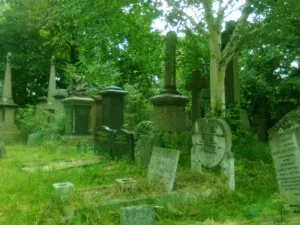 The botanical aspect of Abney Park is one of its distinctive features. Since its foundation, the cemetery has been designed as an arboretum, with over 2,500 species of plants introduced from various parts of the world. This project reflected the botanical trends of the Victorian era, when landscape gardens were seen not only as places of beauty but also as educational spaces.
The botanical aspect of Abney Park is one of its distinctive features. Since its foundation, the cemetery has been designed as an arboretum, with over 2,500 species of plants introduced from various parts of the world. This project reflected the botanical trends of the Victorian era, when landscape gardens were seen not only as places of beauty but also as educational spaces.
The trees and plants of Abney Park were chosen not only for their beauty but also for their symbolism. For example, the cypress, commonly associated with death and mourning, was planted in abundance, along with oaks, beeches, and yews, trees often used in cemeteries for their enduring significance and association with immortality. This variety of flora has made Abney Park a place not only of eternal rest but also of contemplation and botanical study.
Today, many of the original plants continue to thrive, creating a habitat rich in biodiversity. The cemetery has become a refuge for numerous species of birds, insects, and small mammals, contributing to the conservation of wildlife in an urbanized area. The combination of nature and funerary architecture makes Abney Park a unique place where human and natural history blend harmoniously.
Notable Figures Buried at Abney Park
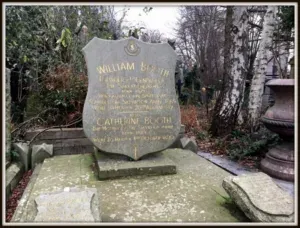 Abney Park is the final resting place of many important figures from the 19th and 20th centuries, particularly associated with religious, social, and cultural movements. Among the most notable interred are William and Catherine Booth, founders of the Salvation Army. Their grave is one of the most visited sites in the cemetery and attests to the significant social and religious role the Booths played in Victorian London.
Abney Park is the final resting place of many important figures from the 19th and 20th centuries, particularly associated with religious, social, and cultural movements. Among the most notable interred are William and Catherine Booth, founders of the Salvation Army. Their grave is one of the most visited sites in the cemetery and attests to the significant social and religious role the Booths played in Victorian London.
Another illustrious interred is Isaac Watts, one of the greatest hymn writers of the Christian tradition. Watts, who lived in Stoke Newington, is remembered not only for his contributions to sacred music but also as a prominent figure of the nonconformist movement. His grave is a pilgrimage site for those who appreciate his work and lasting impact on religious music.
Abney Park also hosts numerous other prominent individuals, including important entrepreneurs, artists, and intellectuals of the Victorian era. Their graves, often adorned with symbols reflecting their lives and careers, contribute to making the cemetery an open-air museum of London’s social and cultural history.
Decline and Revival
Like many Victorian cemeteries, Abney Park has gone through periods of decline and neglect. During the 20th century, the cemetery suffered due to a lack of funding and a decrease in burials, leading to the deterioration of many of its structures and unchecked growth of vegetation. The chapel, in particular, became a symbol of the cemetery’s decline, with its roof collapsed and its walls in ruins.
However, in recent decades, Abney Park has experienced a revival thanks to the efforts of volunteer groups and local organizations. The Abney Park Trust, founded in the 1990s, has worked tirelessly to preserve and restore the cemetery, improving public access and raising awareness of its historical and cultural importance. Today, Abney Park is managed as a nature reserve and a public park, open to visitors and scholars who wish to explore its rich history and biodiversity.
A Refuge for Community and Culture
Today, Abney Park is not only a cemetery but also a meeting place for the local community. The cemetery regularly hosts cultural events, concerts, and historical tours, attracting visitors from all over London and beyond. These events help keep the memory of those buried there alive and celebrate the diversity of London’s culture.
Guided tours offer visitors the opportunity to explore the various corners of the cemetery, uncovering the stories behind the graves and learning more about the site’s history. During these tours, guides share fascinating anecdotes about the people buried at Abney Park and explain the importance of the cemetery as a symbol of Victorian London.
Abney Park continues to serve as an important green space for the Stoke Newington community, providing a place of peace and reflection amid the hustle and bustle of urban life. The cemetery is also an important educational site, used by schools and universities for teaching history, botany, and environmental conservation.
Conclusion: A Place of Remembrance and Revival
Abney Park Cemetery is much more than a mere burial site. With its rich historical heritage, its significance as an arboretum, and its revival as a community space, Abney Park represents a vivid example of how cemeteries can evolve over time, adapting to the needs of communities while continuing to serve as places of remembrance and reflection.
Today, Abney Park Cemetery stands as a living monument to the history of London, a place where the memory of the dead intertwines with the life of the modern city. Its majestic trees, historic graves, and vibrant community make this cemetery a hidden gem, a corner of London where past and present meet in a timeless embrace.
 Subscribe to our YouTube channel
Subscribe to our YouTube channel
